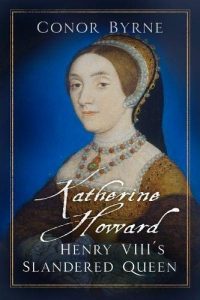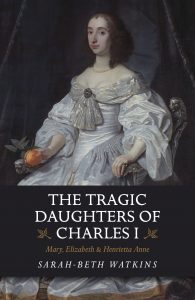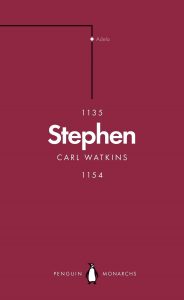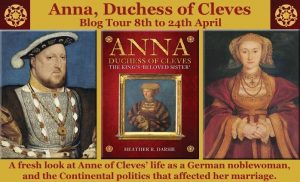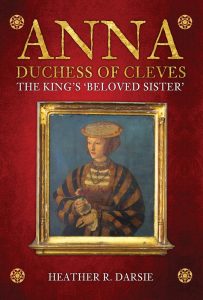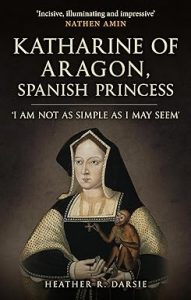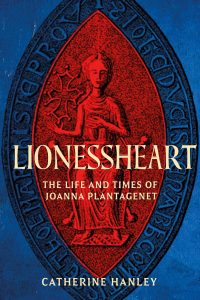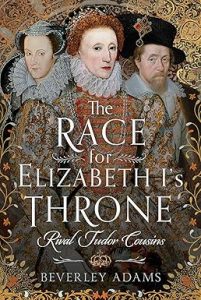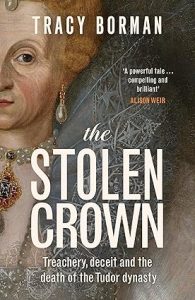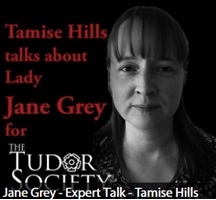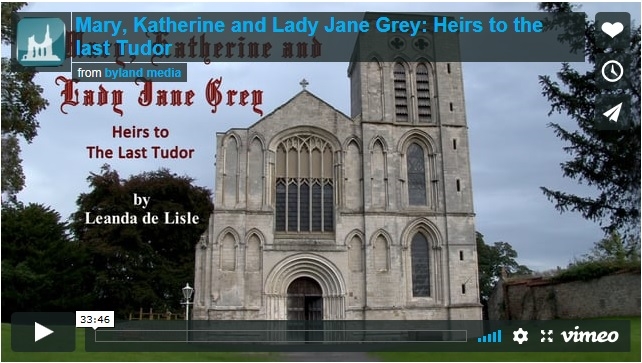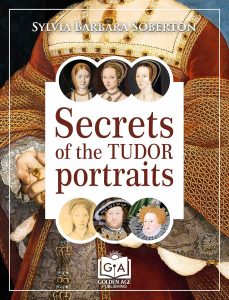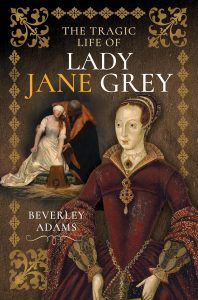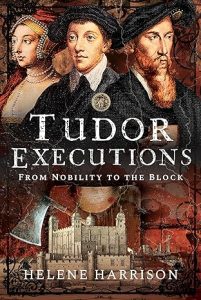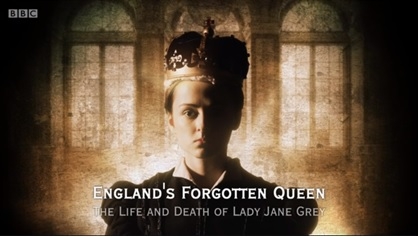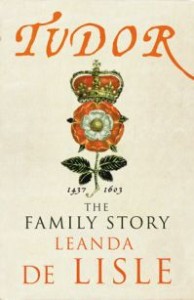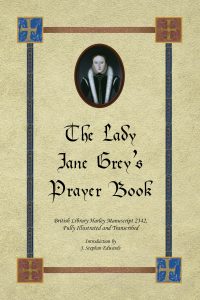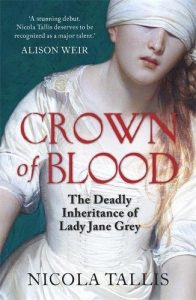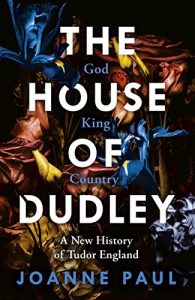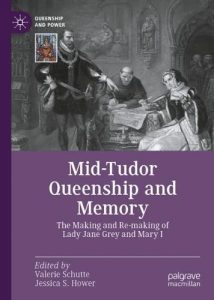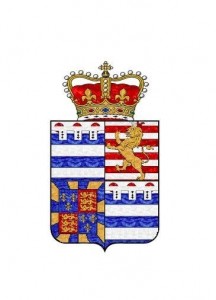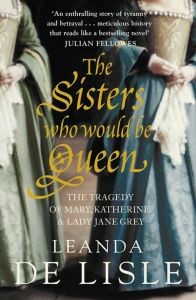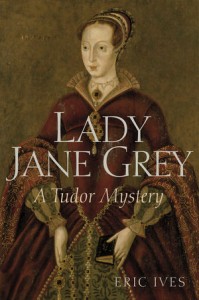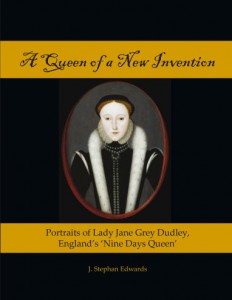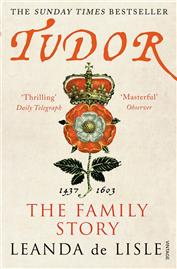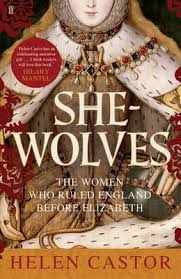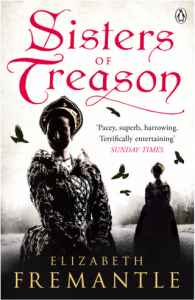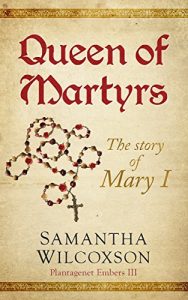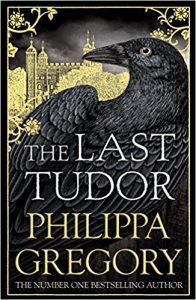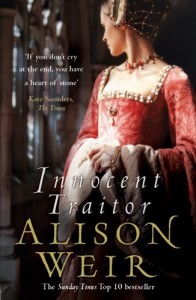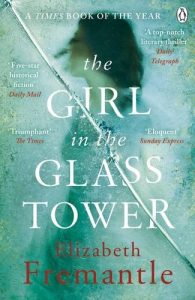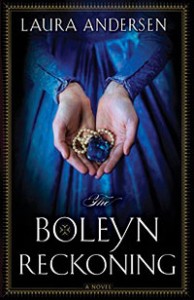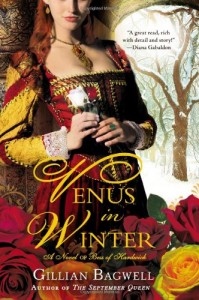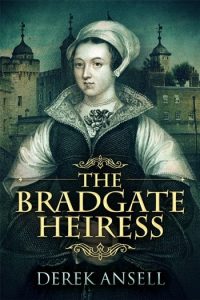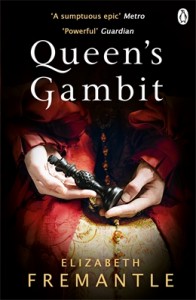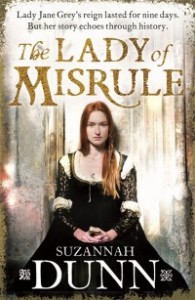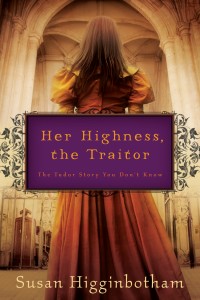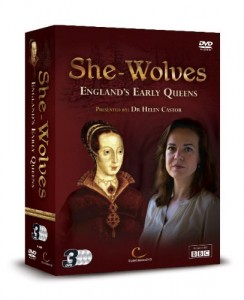I am delighted to host this guest article by Conor Byrne, to celebrate the UK publication of ‘Katherine Howard: Henry VIII’s Slandered Queen’ on 29th April by The History Press.
You can buy it from:
Thank you to Conor for this article.
The Teenage Tudor Queen
An unknown Spanish chronicler acknowledged in his history of Henry VIII’s reign, written perhaps during the 1550s, that the Tudor king’s fifth wife, Katherine Howard, ‘was a mere child’. The chronicler also believed that Katherine was, at the most, fifteen when she married Henry VIII on 28 July 1540. The very little evidence that we have for Katherine’s date of birth – including, for example, her grandfather’s will, a possible portrait and the Spanish chronicler’s statement – seems to suggest without a doubt that she was born after August 1523, and may have been born as late as 1525. Thus making her anywhere between fifteen and seventeen when she became Henry’s fifth consort in 1540.
Katherine was the youngest queen of England in a century. All of her contemporaries noticed how young she was; George Cavendish, who served in the household of Cardinal Wolsey, made reference to Katherine’s youth no less than ten times in the seventy-five lines that he wrote about her. Not since Margaret of Anjou, in 1445, had England had a teenage queen consort. Margaret was fifteen when she married the ill-fated Henry VI on 23 April 1445. The next teenage queen consort after Katherine was Henrietta Maria, who married Charles I in 1625 when she too was fifteen years old.
It was not uncommon for noblewomen in the late Middle Ages and sixteenth-century to marry husbands who were considerably older than themselves. Charles Brandon, duke of Suffolk, for example, wed Katherine Willoughby in 1533 when he was forty-nine and she was fourteen. It is possible that some early historians dated Katherine Howard’s birth to as early as 1518 because they found the notion of her being only fifteen when she married the forty-nine-year-old morbidly obese Henry VIII too disturbing to contemplate. As Retha Warnicke noted, ‘the age attributed to Henry VIII’s fifth queen, Catherine Howard, relies in part on the supposition that in 1540, when the king was forty-nine, he surely would not have wed a woman younger than eighteen.’ And yet, in 1537-8, Henry expressed an obvious interest in marrying Christina of Milan, who was born in 1521/2 and was therefore fifteen or sixteen when the king contemplated taking her as his fourth wife. The suggestion that Katherine Howard was born as early as 1518-20 is almost entirely based on the belief that a portrait in the collection of the National Portrait Gallery dating to c. 1535-40 (with versions also at the Toledo Museum of Art and Hever Castle) depicts Katherine, but there is no evidence to prove that she was the sitter and a strong case has been made that the portrait is a likeness of Jane Seymour’s sister Elizabeth.
Prior to the reign of Henry VIII, who became king of England in 1509, England was relatively used to having teenaged queens consort. Most of the queens of England in the period 1066-1509 were in their teenage years when they married their husbands, although some were in their early twenties and a few, although not many, were in their late twenties or even thirties. In the twelfth-century, the queens consort of England were mostly aged in their twenties when they married, but the reign of King John (1199-1216) marked a change. His consort, Isabella of Angouleme, was aged between twelve and fourteen when she married him, while her successor, Eleanor of Provence, was aged thirteen. Eleanor of Provence’s daughter-in-law, Eleanor of Castile, was also thirteen when she married Edward I in 1254. Margaret of France was aged between seventeen and twenty; Isabella of France was twelve; Philippa of Hainault was probably thirteen; Anne of Bohemia fifteen (her successor Isabelle of France was only seven); Katherine of Valois was eighteen; Margaret of Anjou fifteen; Anne Neville was sixteen; and Elizabeth of York was nineteen. The glaring exceptions to this custom of a teenage queen consort between the twelfth- and sixteenth-centuries were Joan of Navarre (aged about thirty-three when she married her second husband, Henry IV, in 1403); Elizabeth Wydeville (aged twenty-seven when she married her second husband, Edward IV in 1464); and Henry VIII’s queens, with the exception of Katherine Howard herself.
With the exceptions of Katherine of Aragon (born in 1485) and Anne of Cleves (born in 1515), unfortunately we know little, if anything, about the birth dates of Henry VIII’s consorts. Anne Boleyn was born between 1500 and 1507, but the likeliest date for her birth remains unclear. The Spanish ambassador Chapuys recorded in the spring of 1536 that Anne’s successor, Jane Seymour, was aged ‘a little’ over twenty-five, which would indicate that she was about twenty-six or twenty-seven, suggesting a date of birth of about 1509. Katherine Parr, Henry VIII’s sixth consort, was probably born in August 1512, making her thirty or thirty-one when she married her third husband, the king, in 1543.
Dating Katherine Howard’s age is important, for it affects how her adolescence and career are perceived, including her actions as queen consort. While it seems clear that she was born between 1523 and 1525, it is perhaps less often appreciated that she was the youngest queen of England in a period of one hundred years. In electing to marry a teenaged bride, Henry VIII returned to a custom that had proven enduring between the twelfth- and sixteenth-centuries, but which was especially common until his own reign.
Follow Conor on Social Media:
Conor’s website: Conor Byrne
Facebook: Conor Byrne Historian

